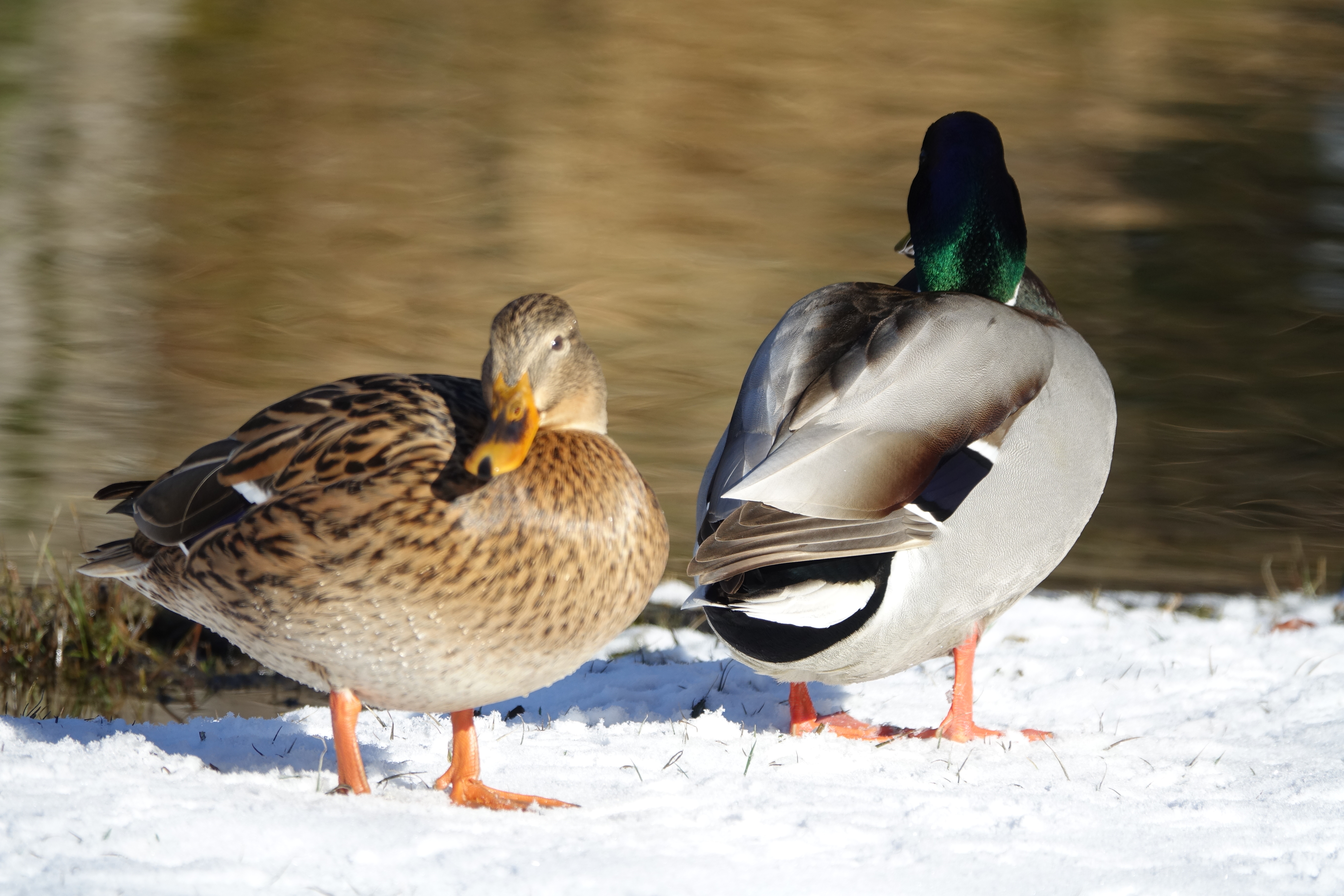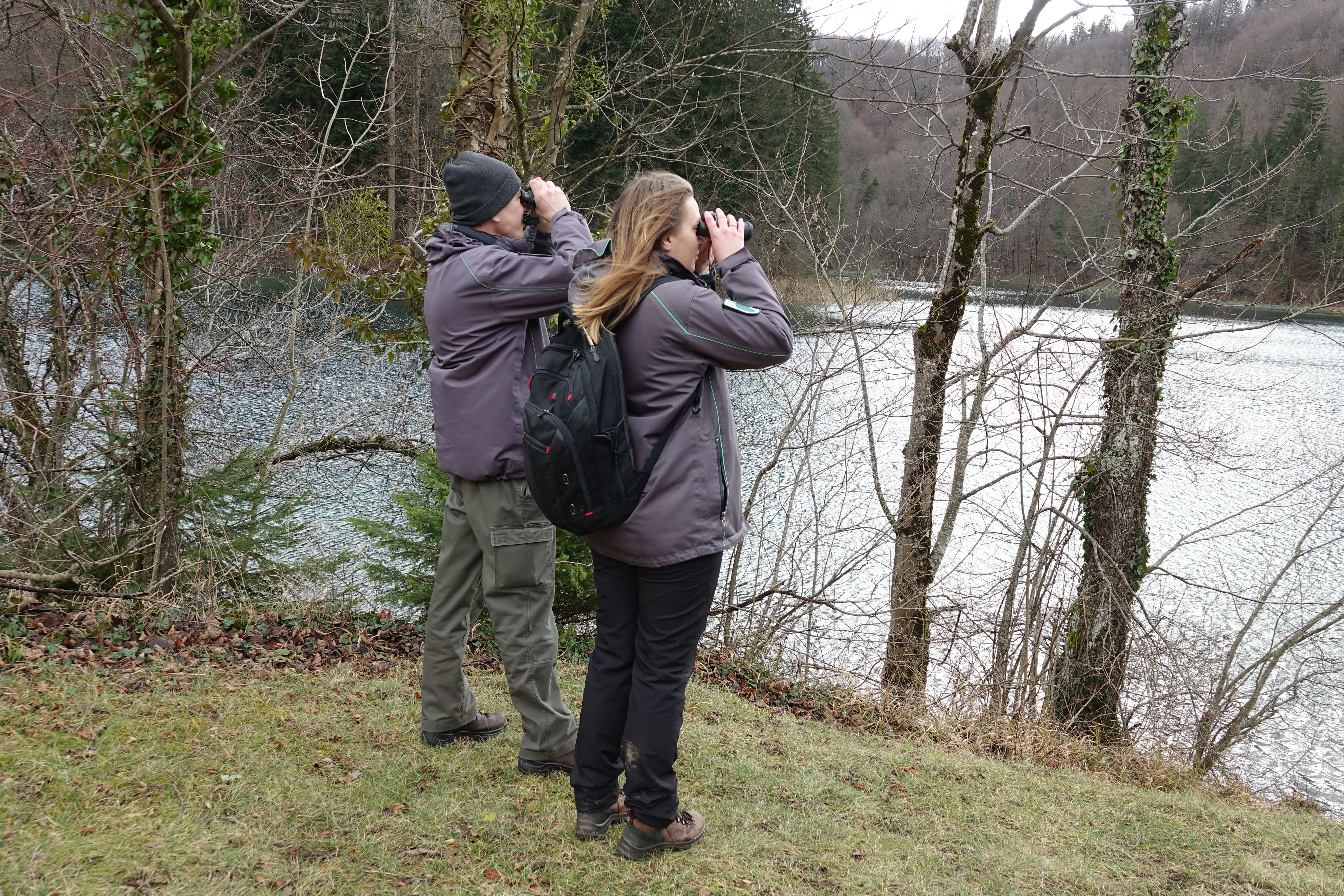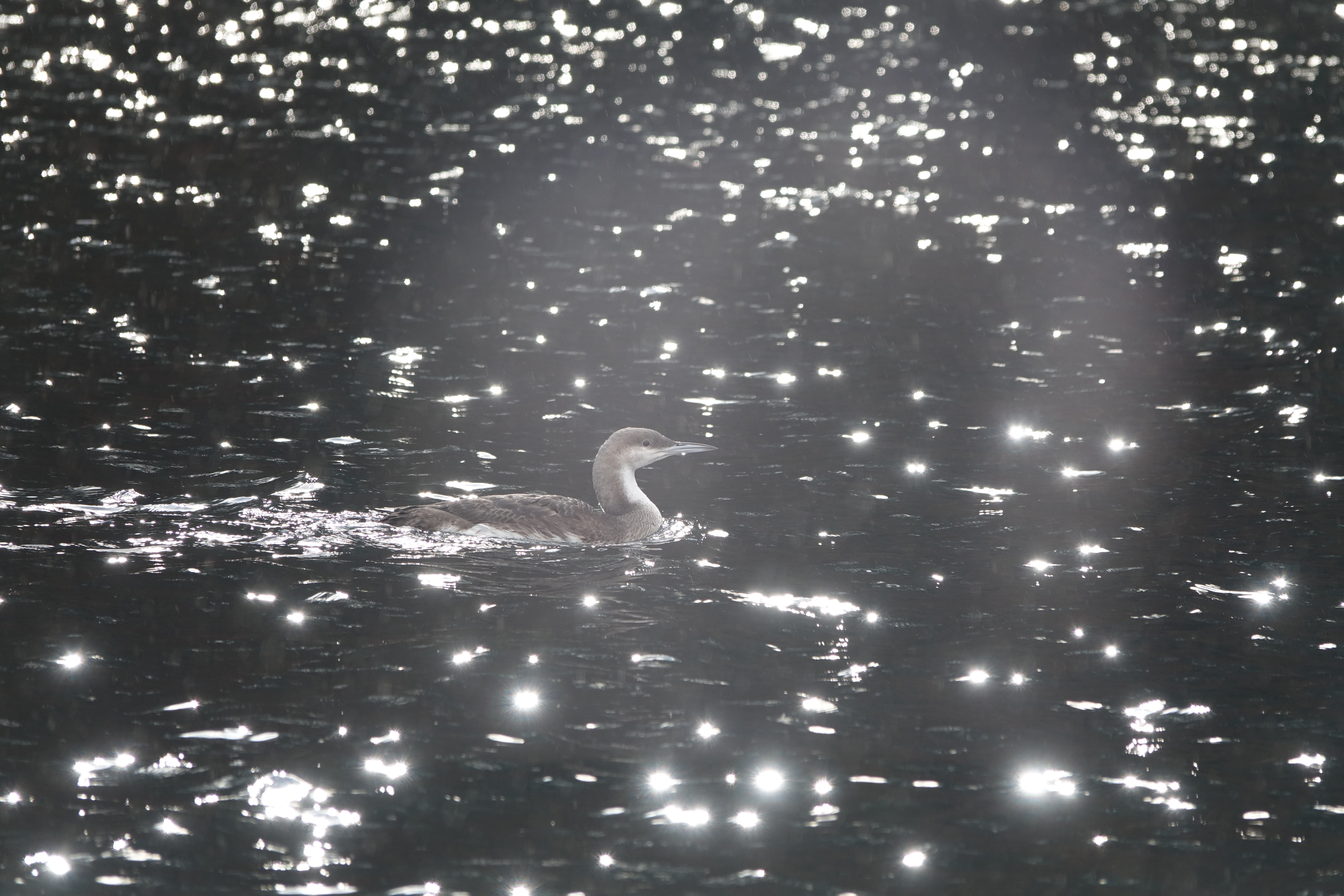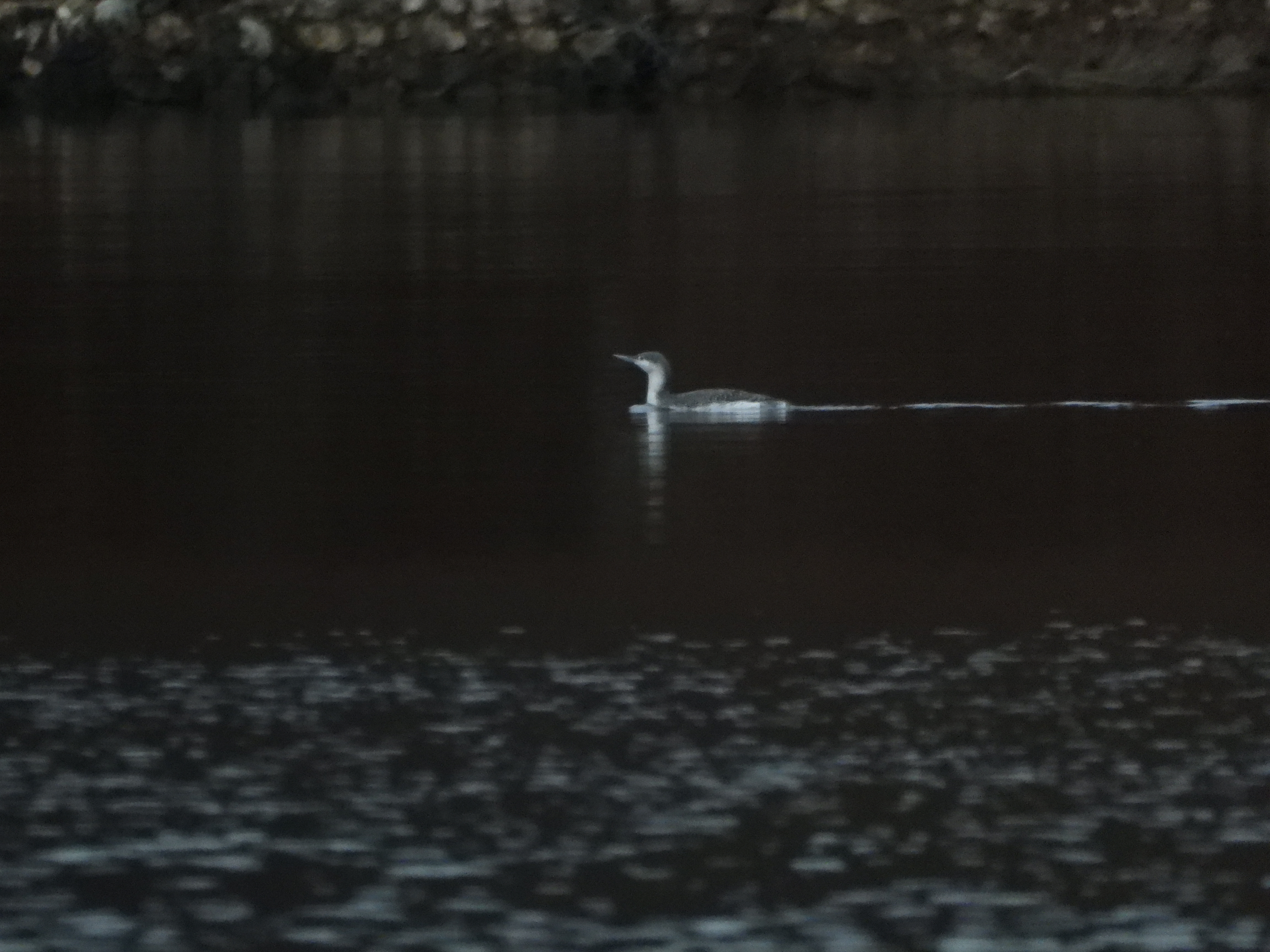Waterbird counting activities are carried out every January, when the waterbirds come to their wintering grounds, the unfrozen bodies of water.
The Wetlands International organisation started the winter bird count initiative in 1967 to identify wetland bird habitats of international importance, monitor the changes in them and take the necessary measures for their protection.
Counting waterbirds is both challenging and demanding. It includes a great number of sites and participants around the world. Nevertheless, encountering the many different bird species in their wintering grounds is a special experience every time.
In Croatia, the winter count is carried out at over 500 sites, and the Plitvice Lakes National Park is proud to be one of them.
The vast majority of the bodies of water in the Park are oligotrophic lakes (low nutrient levels) and smaller watercourses which feed them. Compared to other wetland habitats such as Kopački rit, Vransko jezero and the like, where thousands of birds are recorded during the winter count, these kinds of ecosystems support only a small number of waterbirds. However, these ecosystems are still extremely important for their conservation, especially for rare and protected species that prefer these kinds of habitats. The Plitvice Lakes National Park, thanks to its status as a protected site listed in the UNESCO World Heritage List, offers these species a high degree of protection.
During this year’s winter waterbird count, the Red-throated Diver (Gavia stellata) was recorded for the first time, during an unplanned tourist visit to the Plitvice Lakes National Park of an employee of the Naše Ptice association(Tarik Derović), a Birdlife partner from Bosnia and Herzegovina, on the first of January 2024. The Red-throated Diver is a rare and strictly protected species, listed in the Appendix II of the Convention on the Conservation of European Wildlife and Natural Habitats (the Bern Convention).
Another species recorded after a long absence is the Black-throated Diver (Gavia arctica)–2 animals, recorded by an employee of the Department of Protection, Maintenance, Safeguarding, Promotion and Utilisation of the Plitvice Lakes National Park, which was carrying out monitoring from 16 to 18 January 2024. This is another rare and strictly protected species listed in the Appendix II of the Convention on the Conservation of European Wildlife and Natural Habitats (the Bern Convention). This species has been recorded in the park only twice before (first sighting by Hainard between 9 and 13 January 1955 and second sighting by ornithologist Gordan Lukač during the winter count of 2001).
Recording these two rare diver species, especially the Red-throated Diver–which is more rare in Croatia and especially so in the continental parts–is a fascinating result of this year’s winter waterbird count.
Apart from the two divers, four commonly present species were recorded: the Little Grebe (Tachybaptus ruficolis)–16 animals, the Great Cormorant (Phalacrocorax carbo)–18 animals, the Grey Heron (Ardea cinerea)–1 animal, and the Mallard (Anas platyrhynchos)–18 animals. These numbers are quite standard for a winter count (give or take a few animals), apart from the Mallard, which is sometimes present in far larger numbers, up to 150 animals.
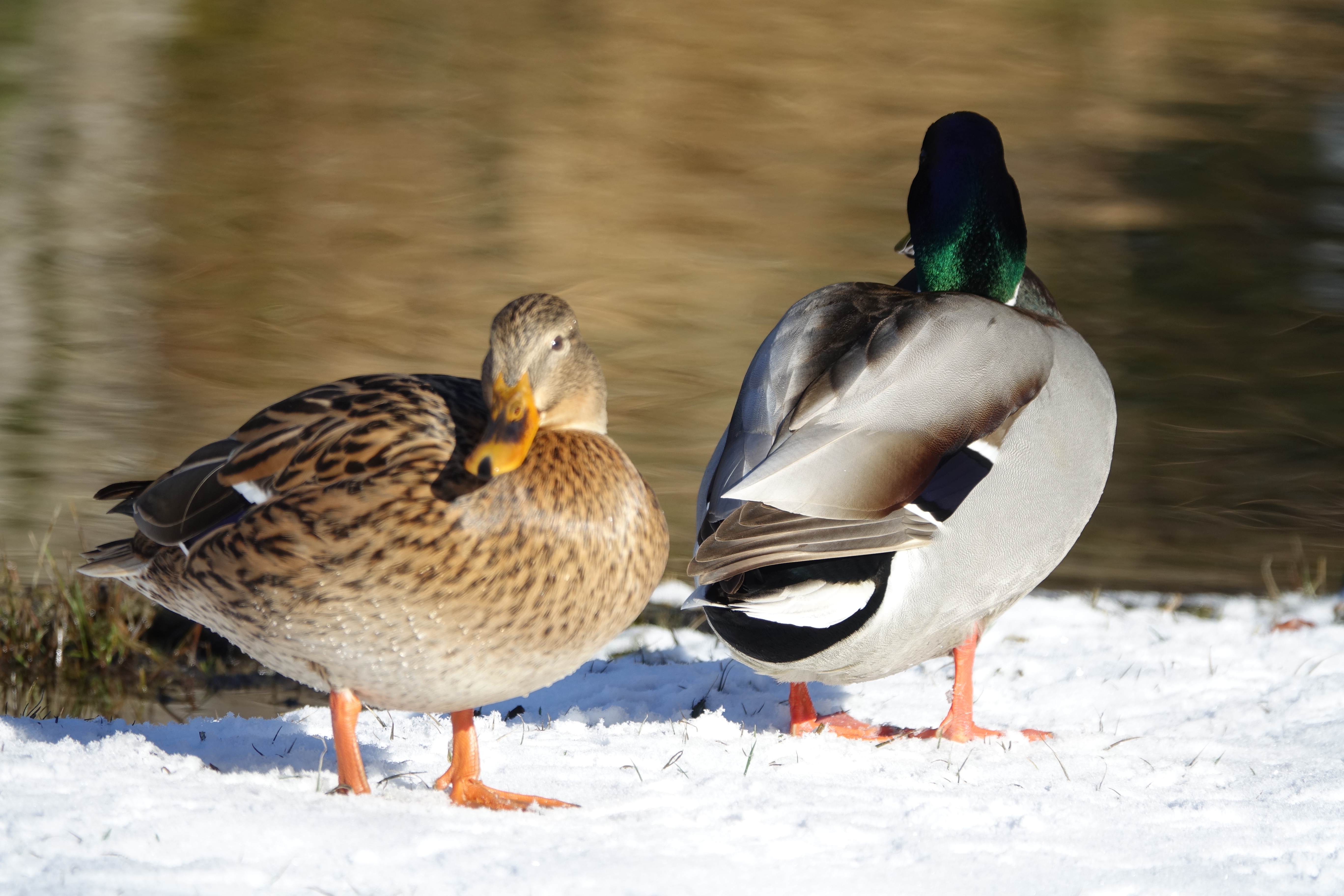
Mallard (Anas platyrhynchos) (Photo: Plitvice Lakes National Park Archive) 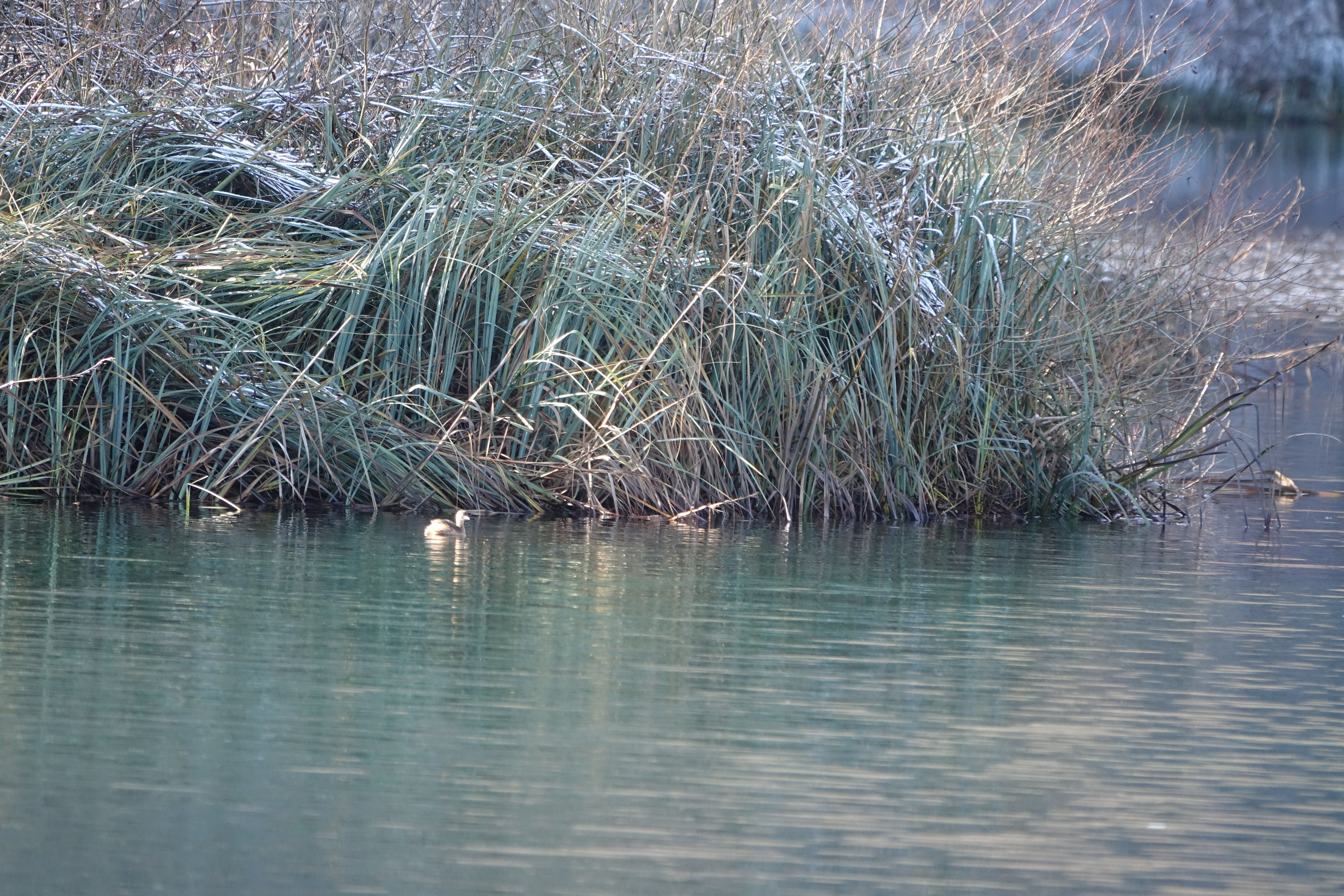
Little Grebe (Tachybaptus ruficollis) (Photo: Plitvice Lakes National Park Archive) 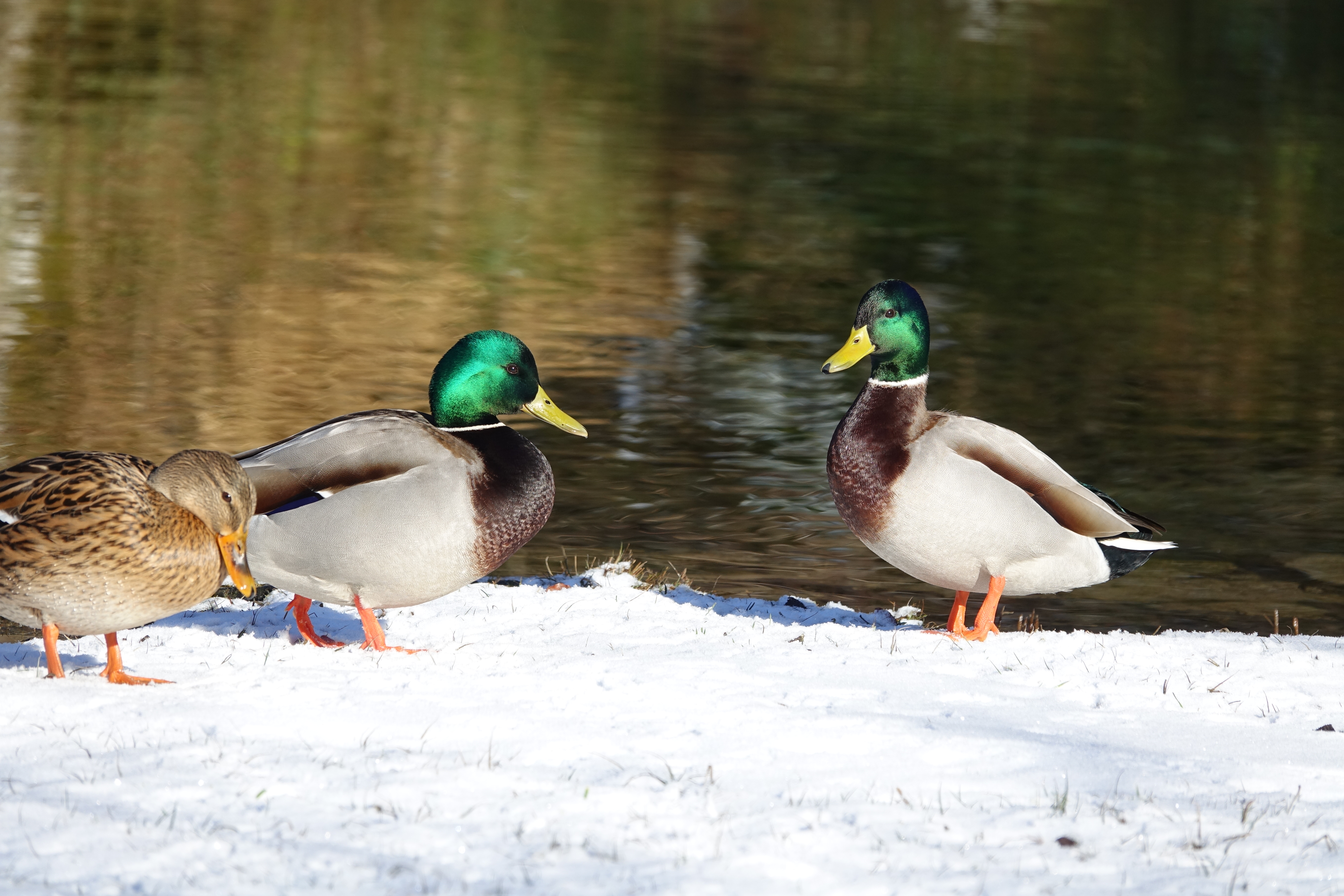
Mallard (Anas platyrhynchos) (Photo: Plitvice Lakes National Park Archive) 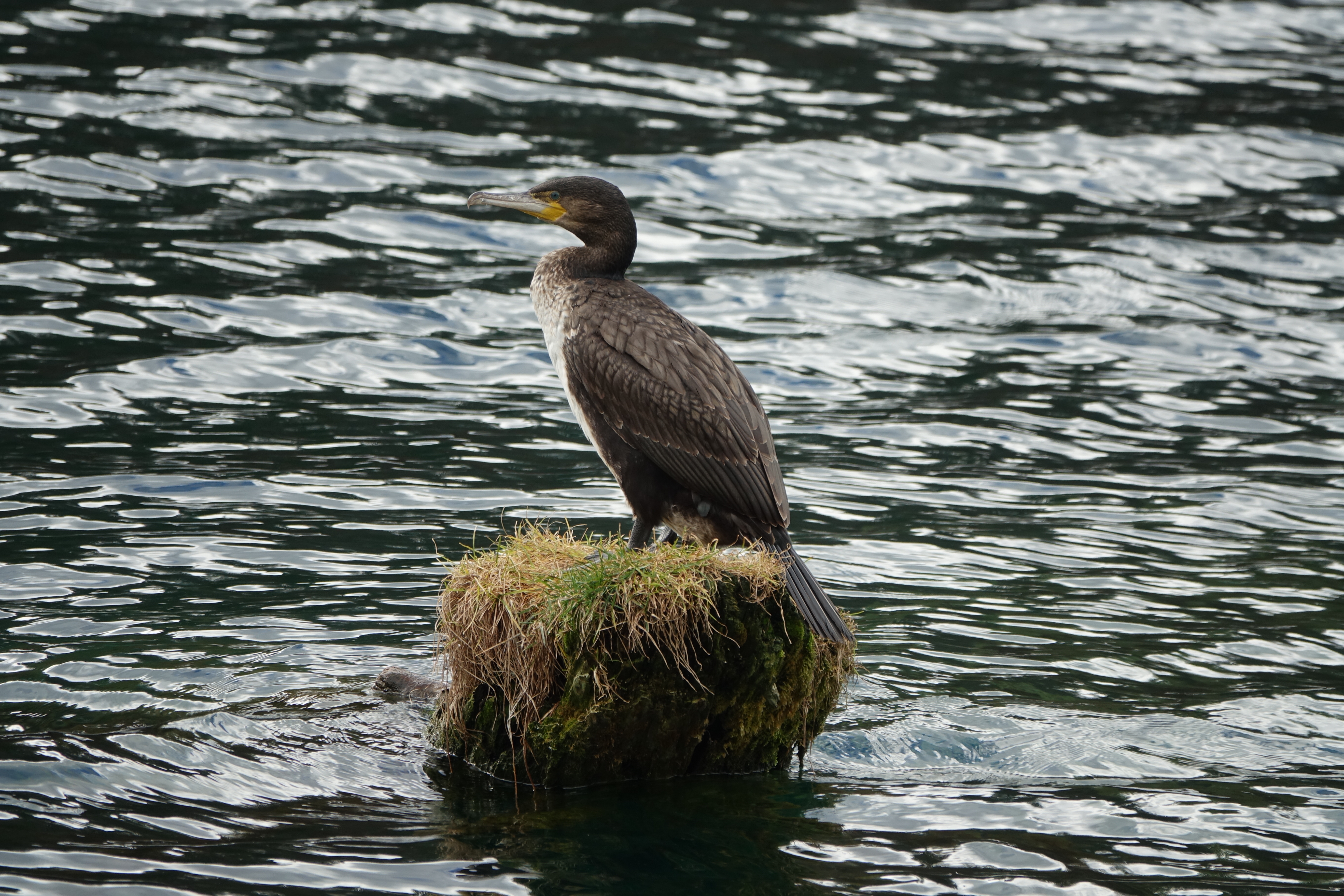
Great Cormorant (Phalacrocorax carbo) (Photo: Plitvice Lakes National Park Archive) 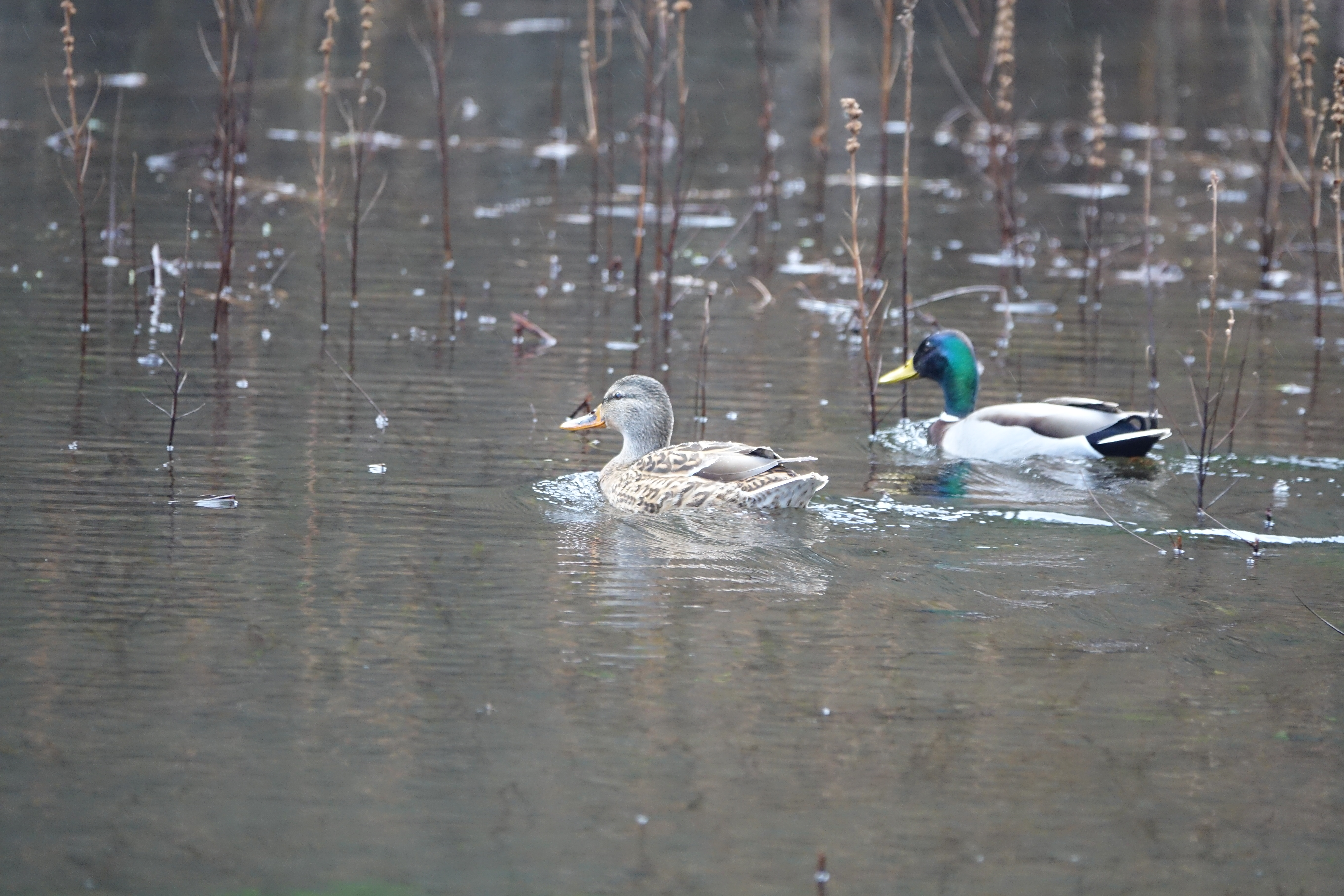
Mallard (Anas platyrhynchos) (Photo: Plitvice Lakes National Park Archive)
Some species which were recorded in the previous years were not recorded this year. Why is this so? Tracking the changes in the representation and the numbers of species over longer periods may give us the answers to these kinds of questions, and this is precisely the point of monitoring.
Pollution, habitat degradation and the effects of climate change at the global level make monitoring ever more important.

